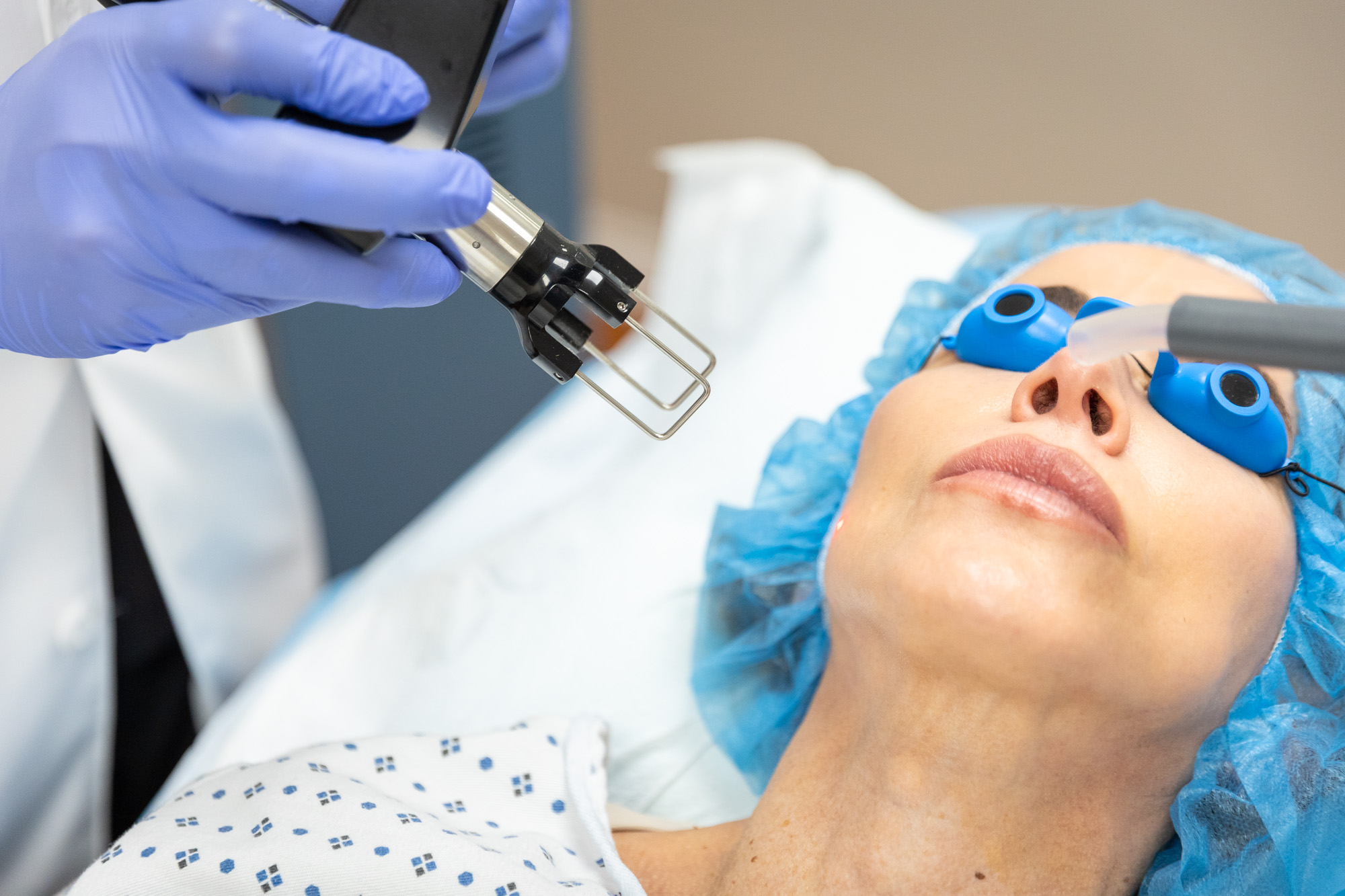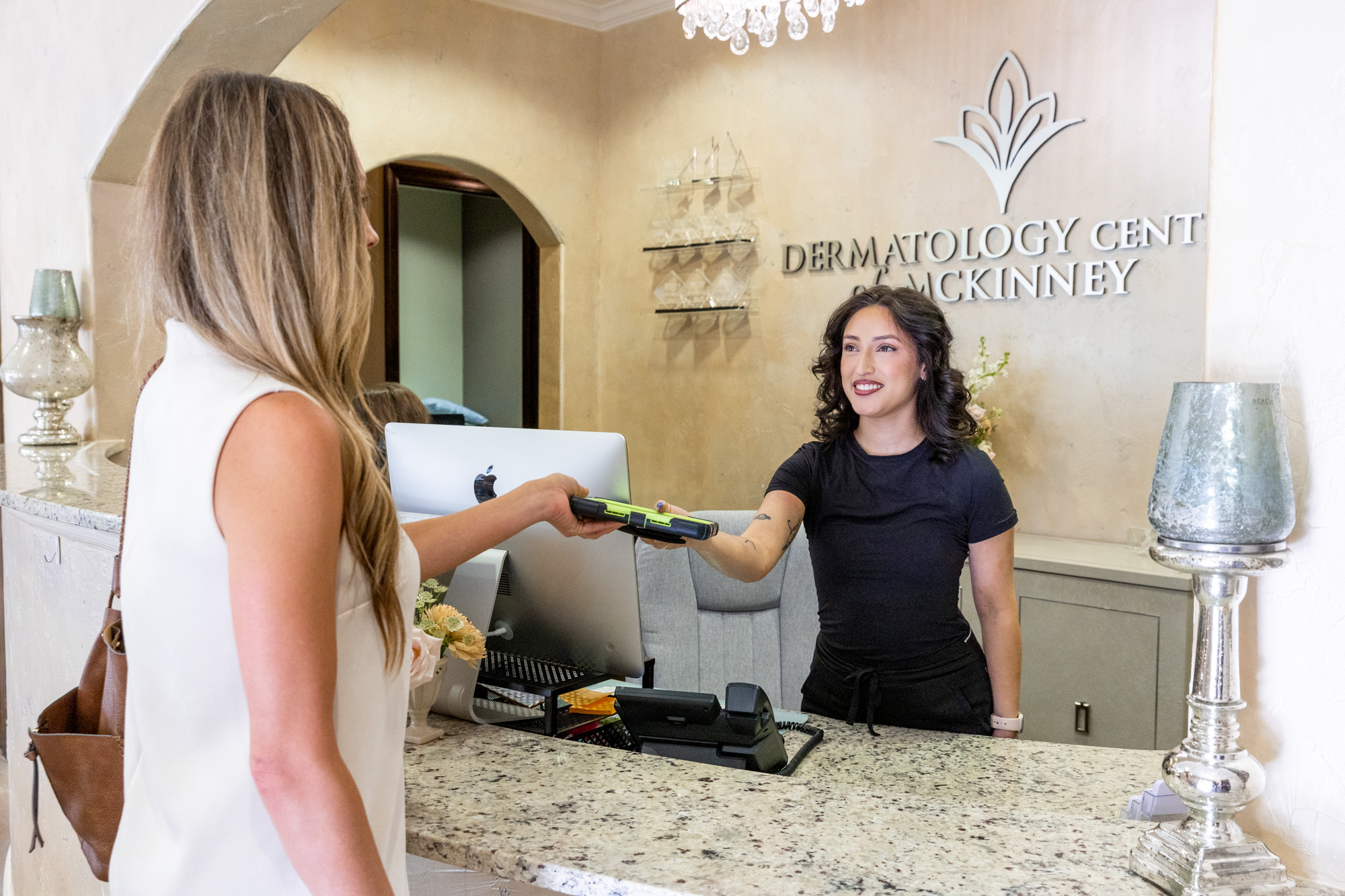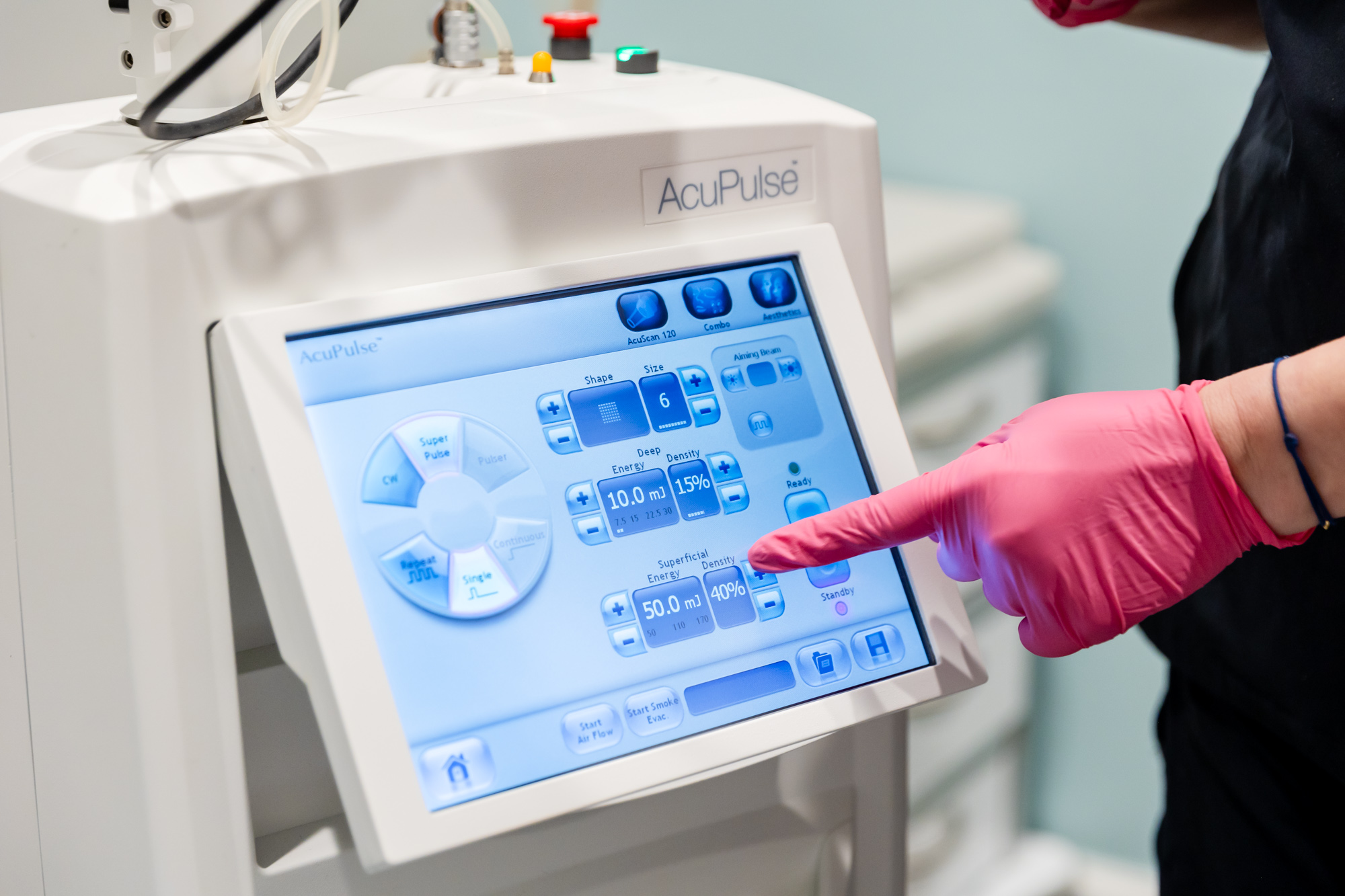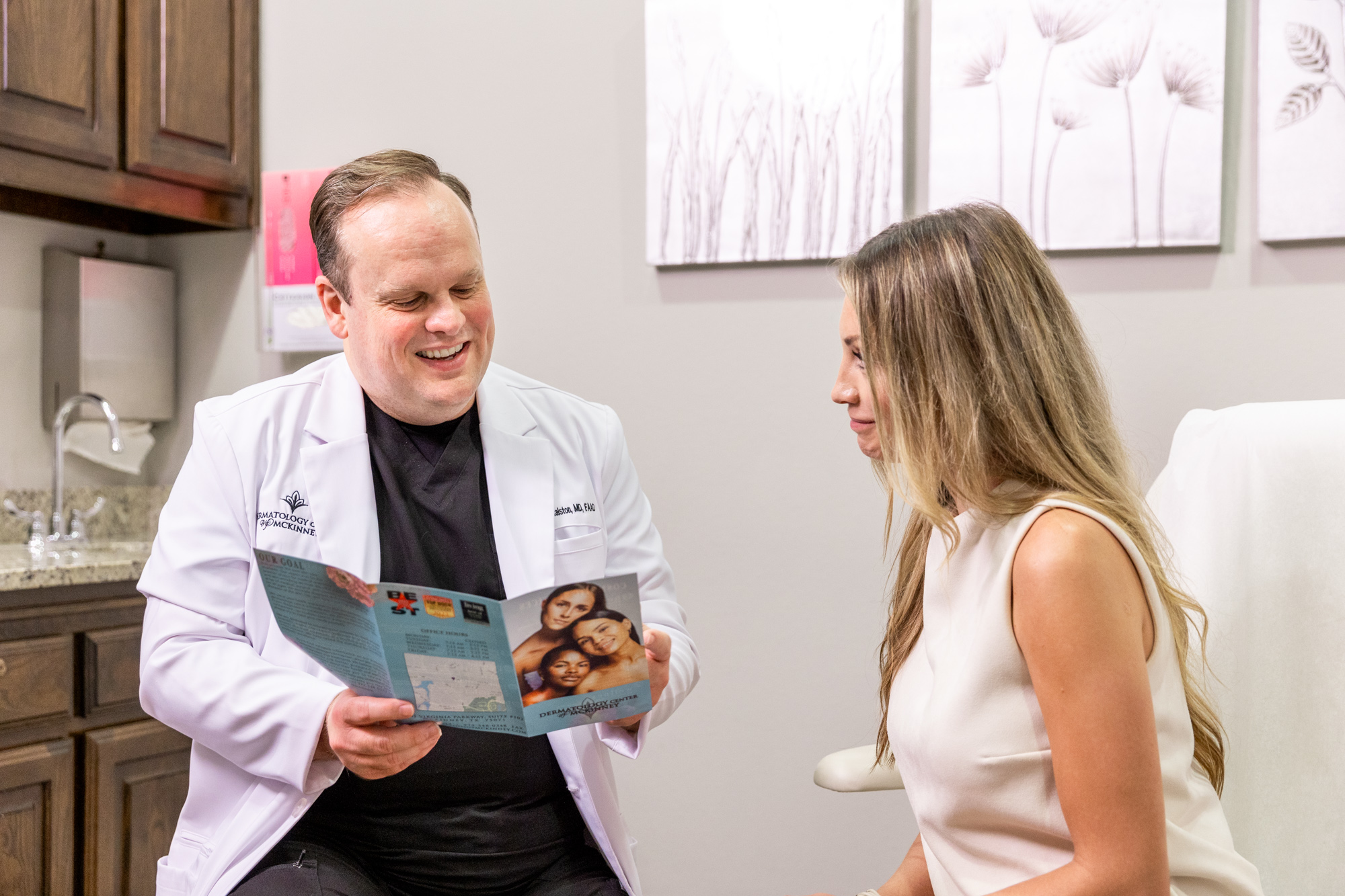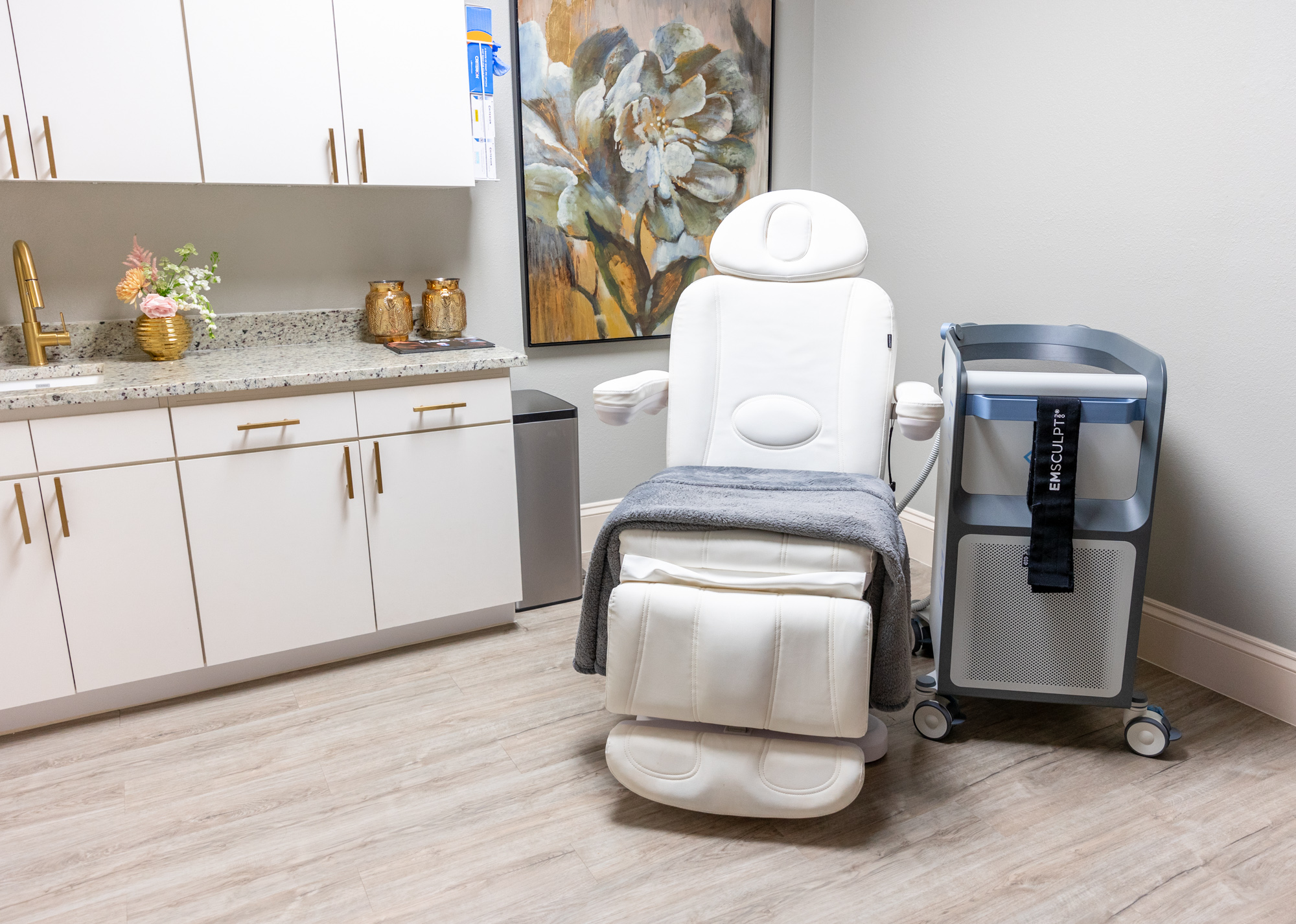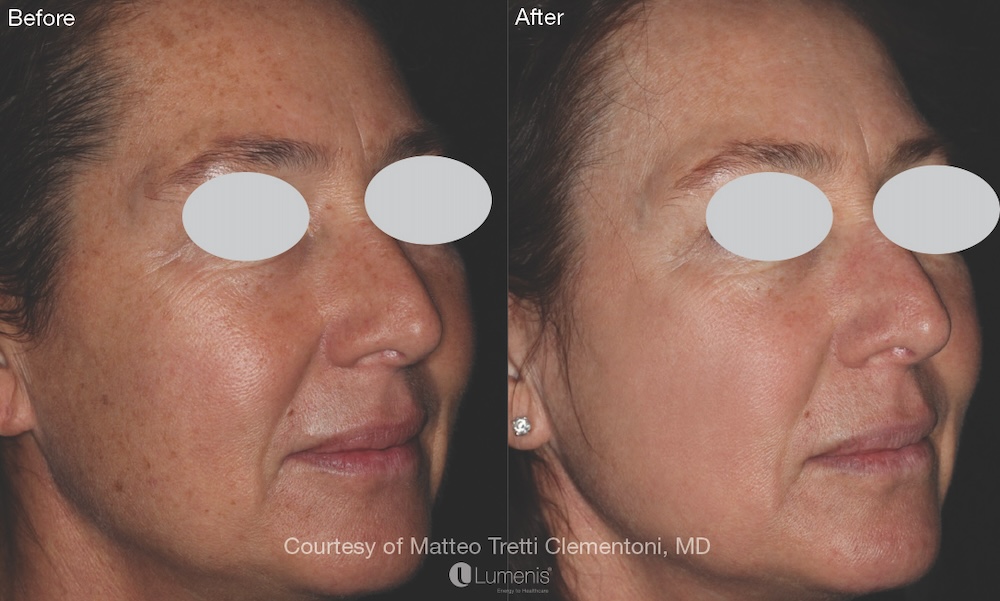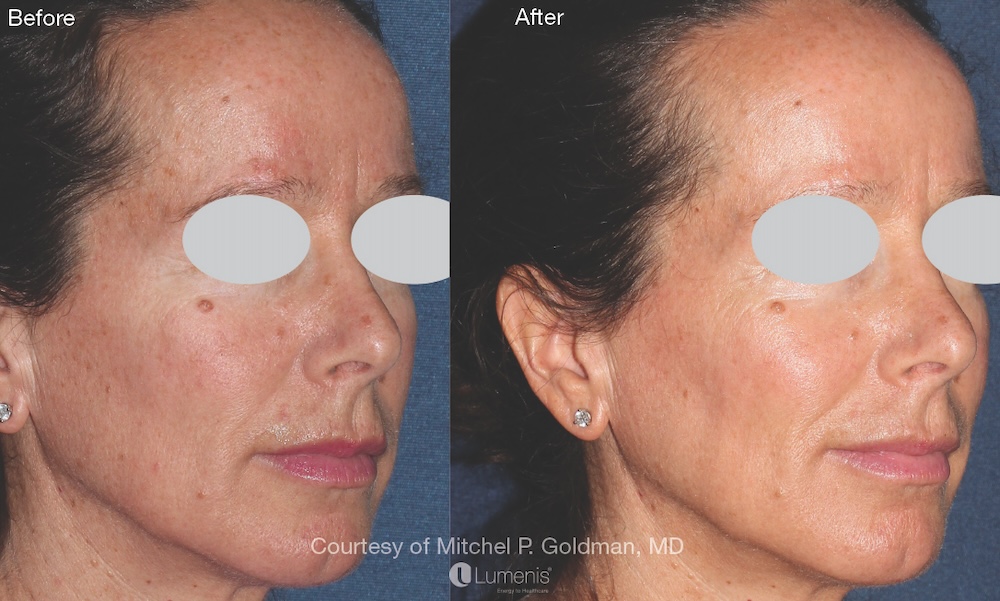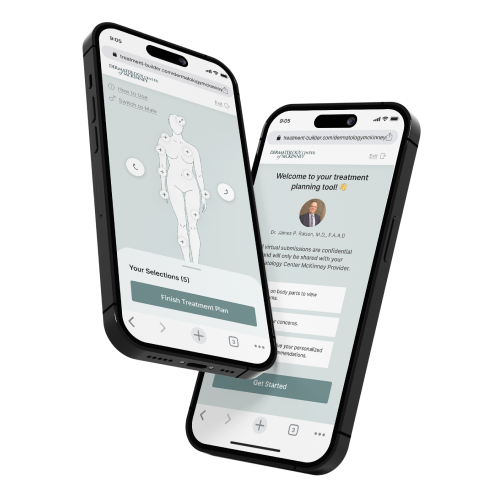As with any anti-aging treatment, results depend on our patients willingness to do regular maintenance and their body’s regular responses to aging. Patients should schedule follow-up appointments once a year to sustain their results.
Winning Awards In McKinney
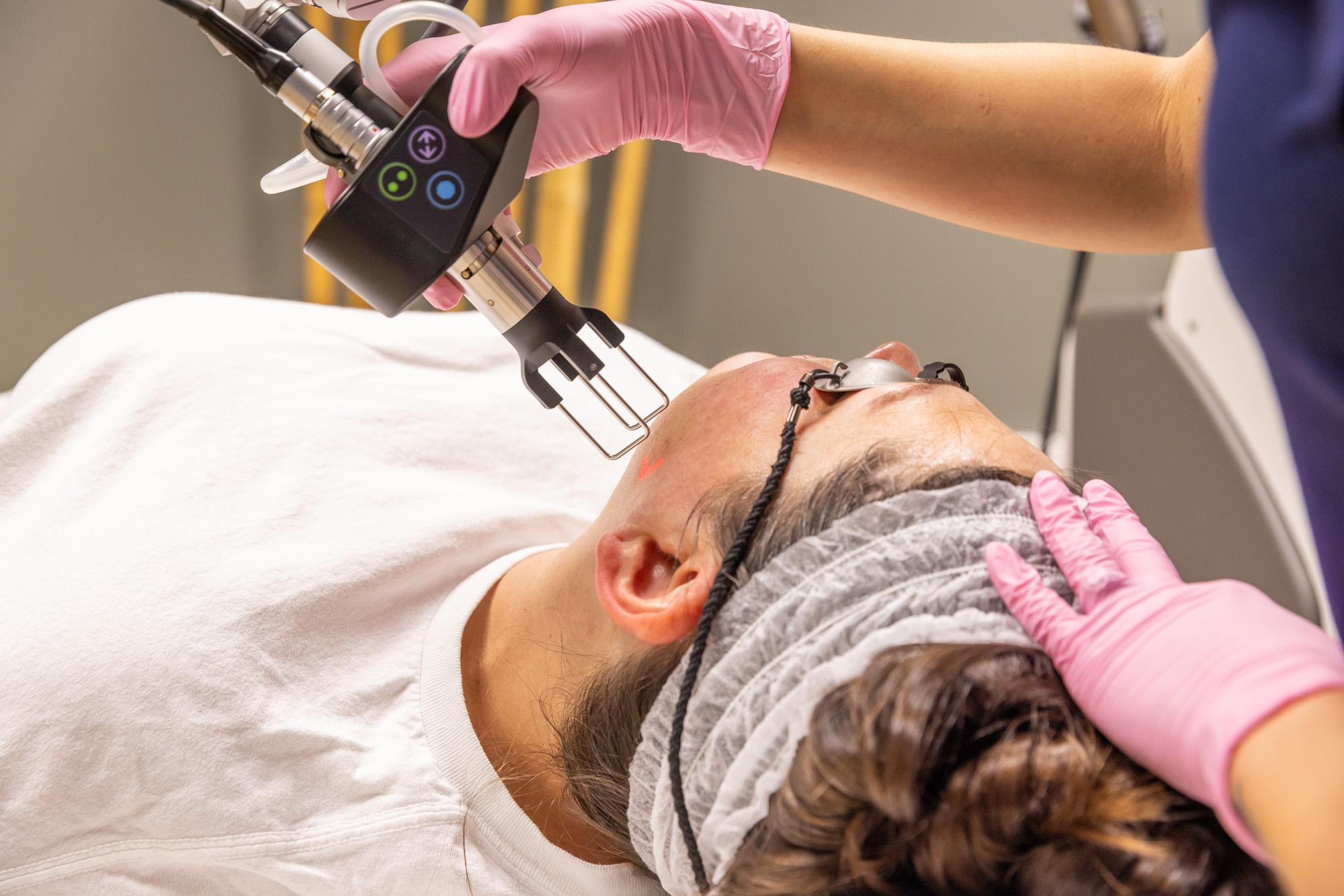
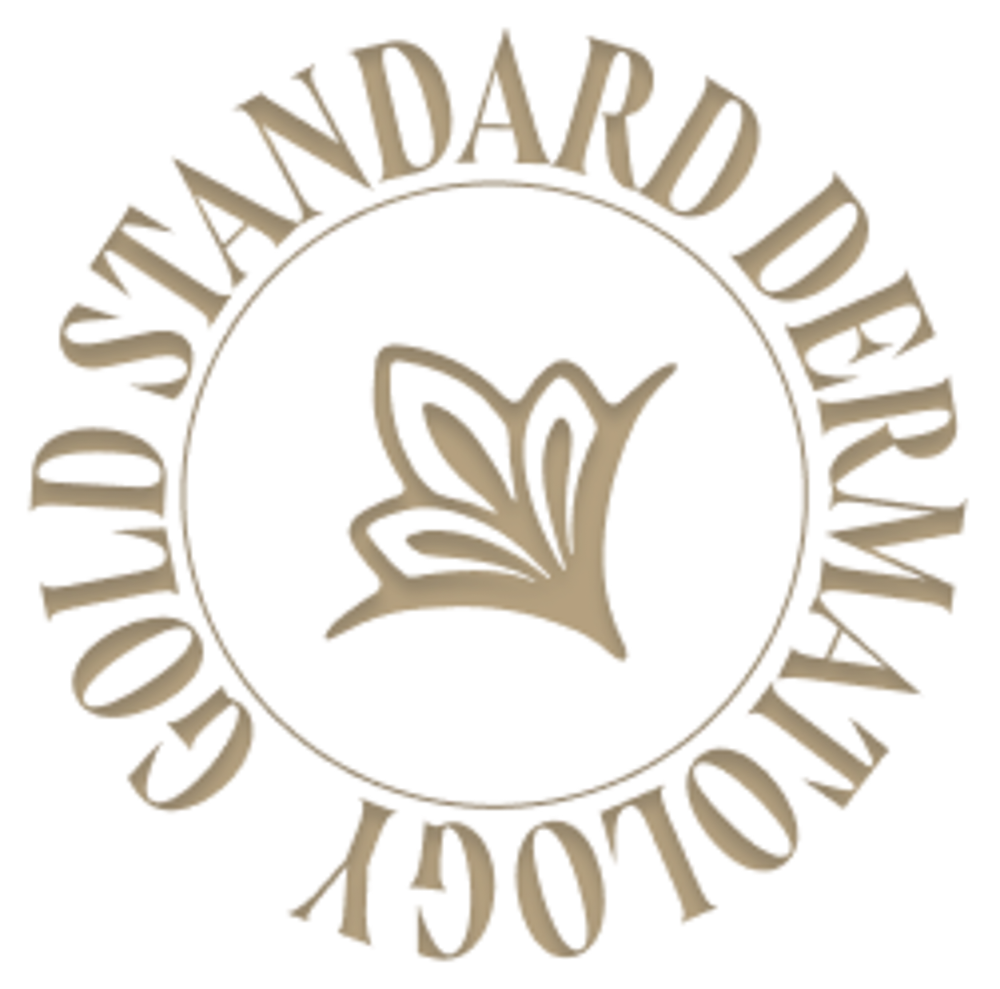
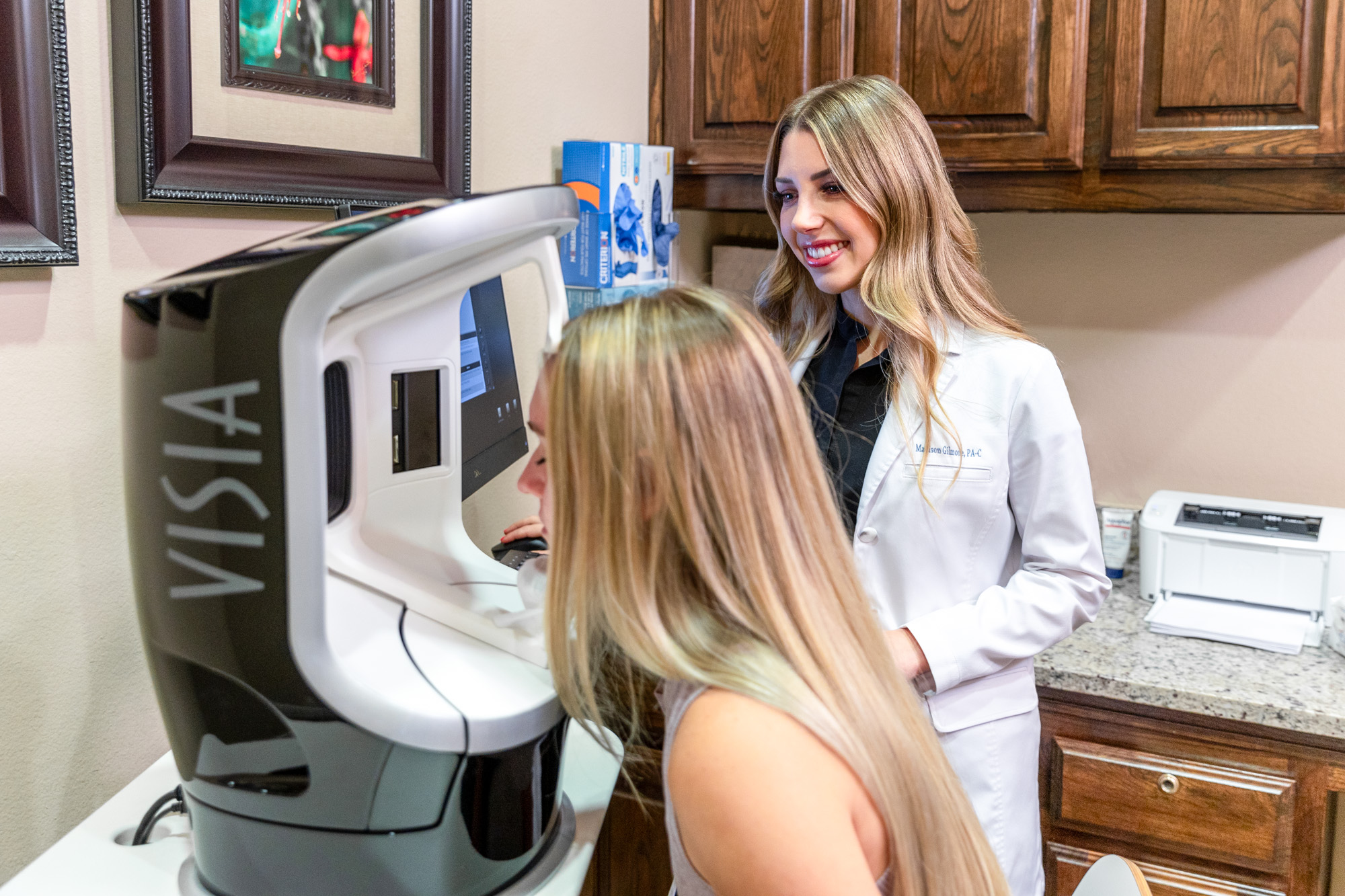
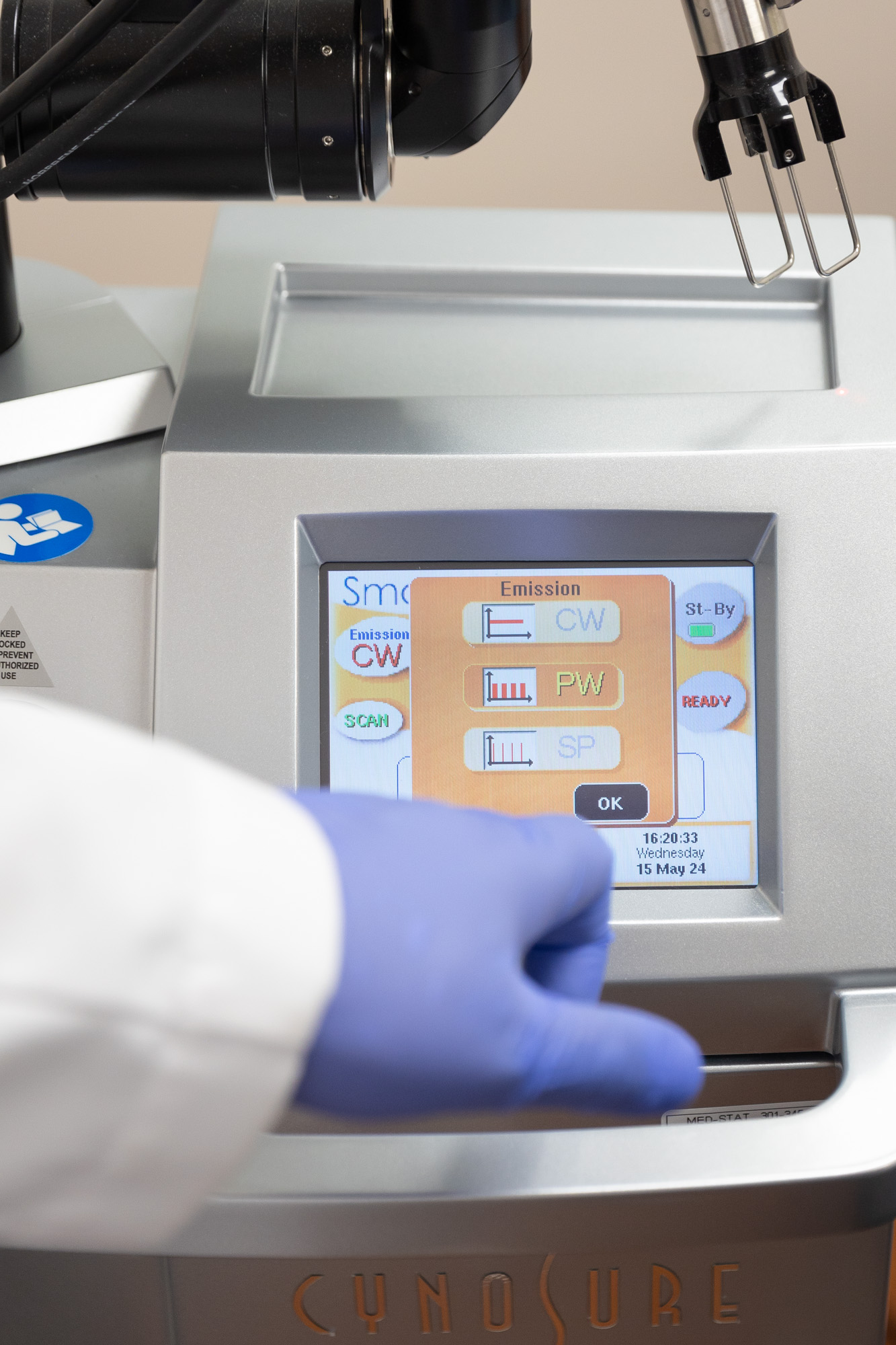

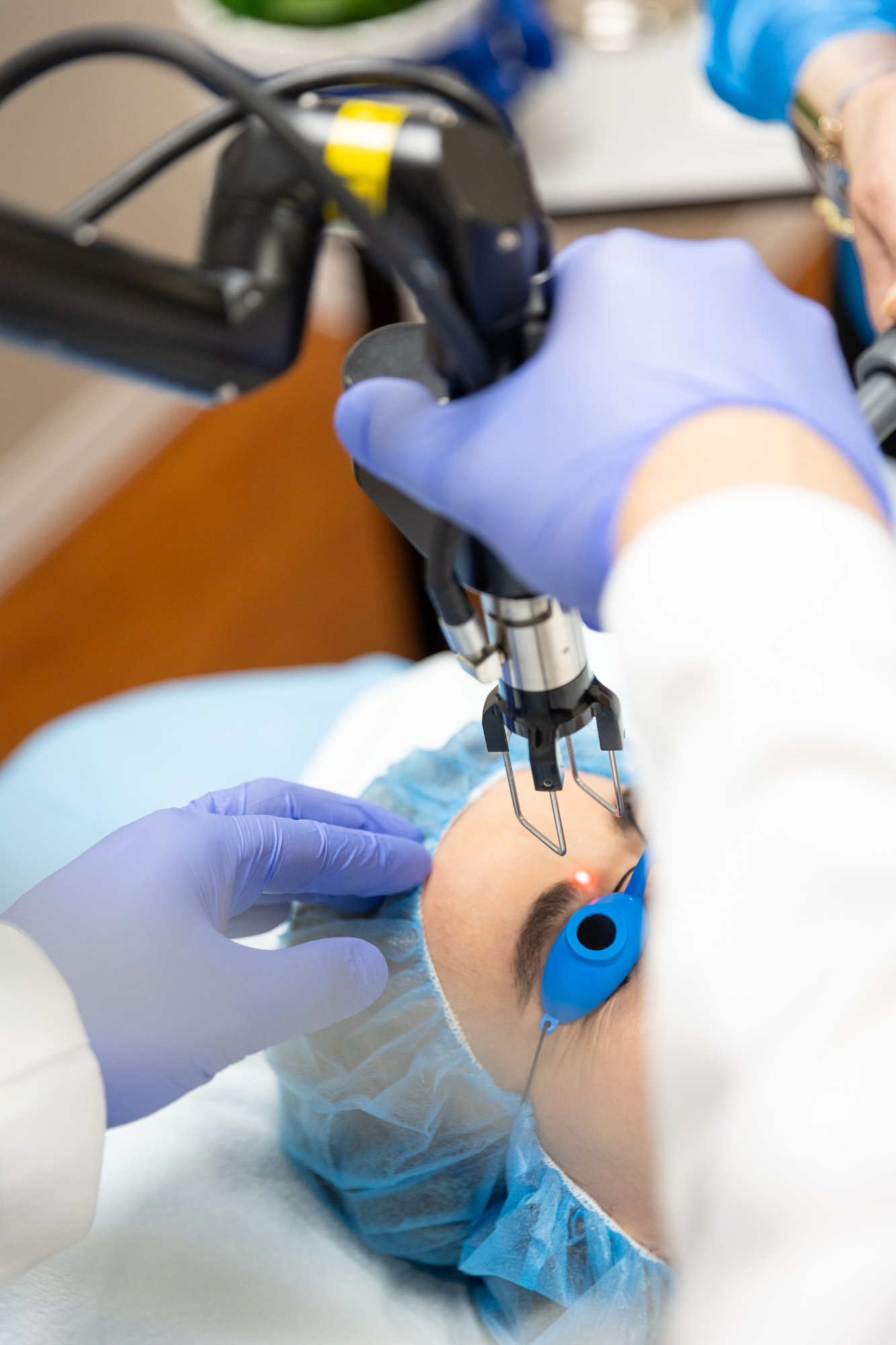

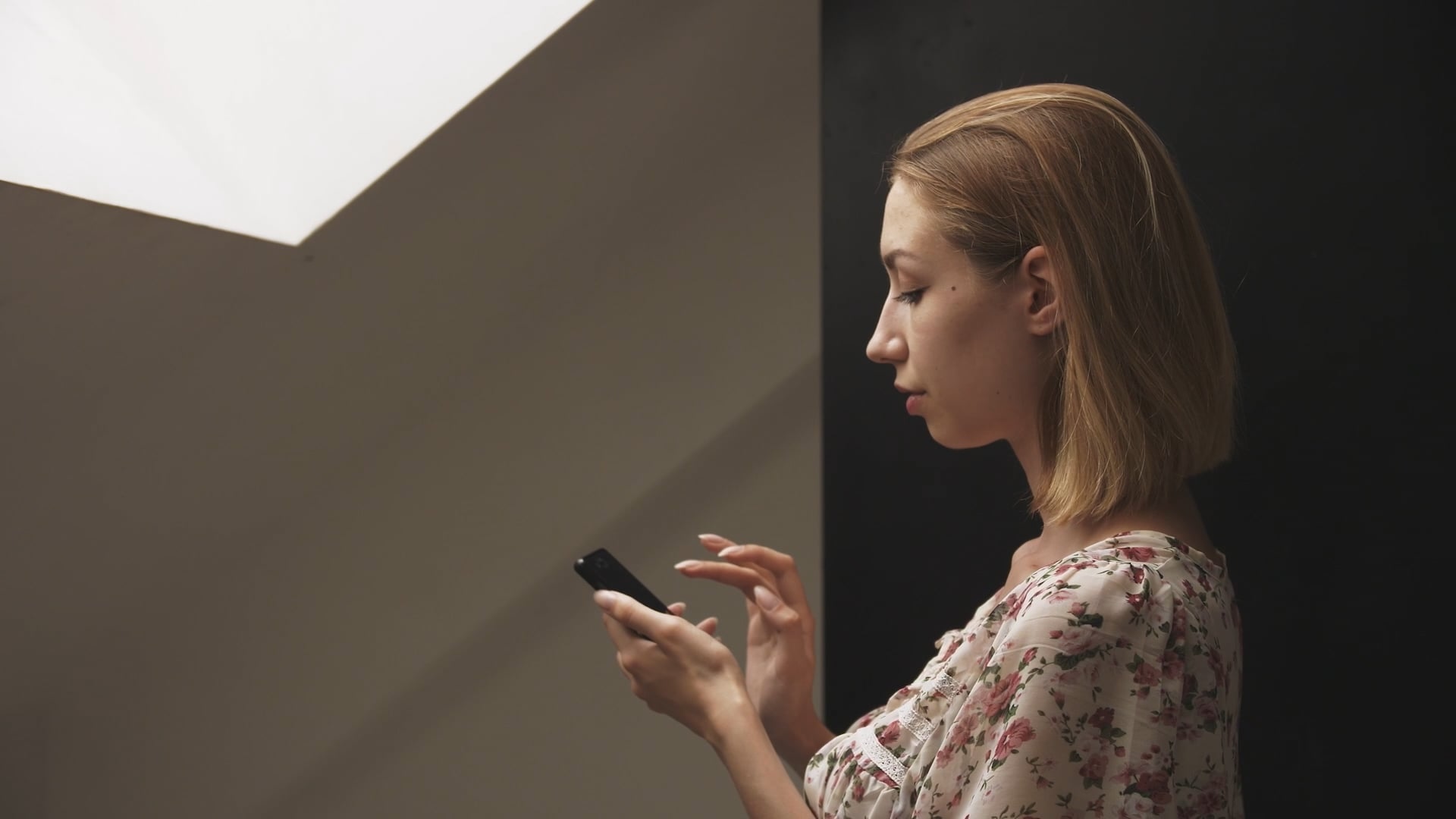
Personalized Care Planner
Patients can design their personalized path to optimal health and wellness with the Dermatology Center of McKinney’s intuitive treatment planner.
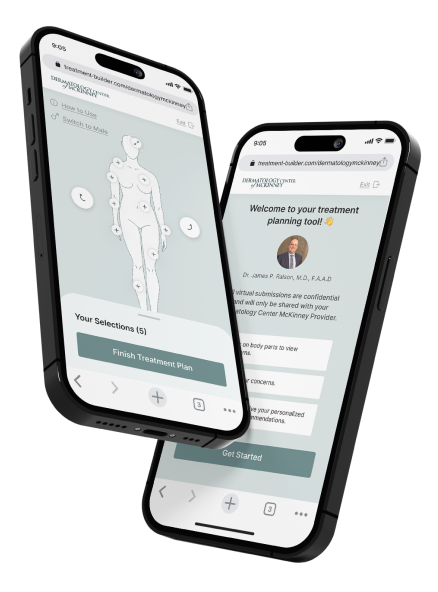
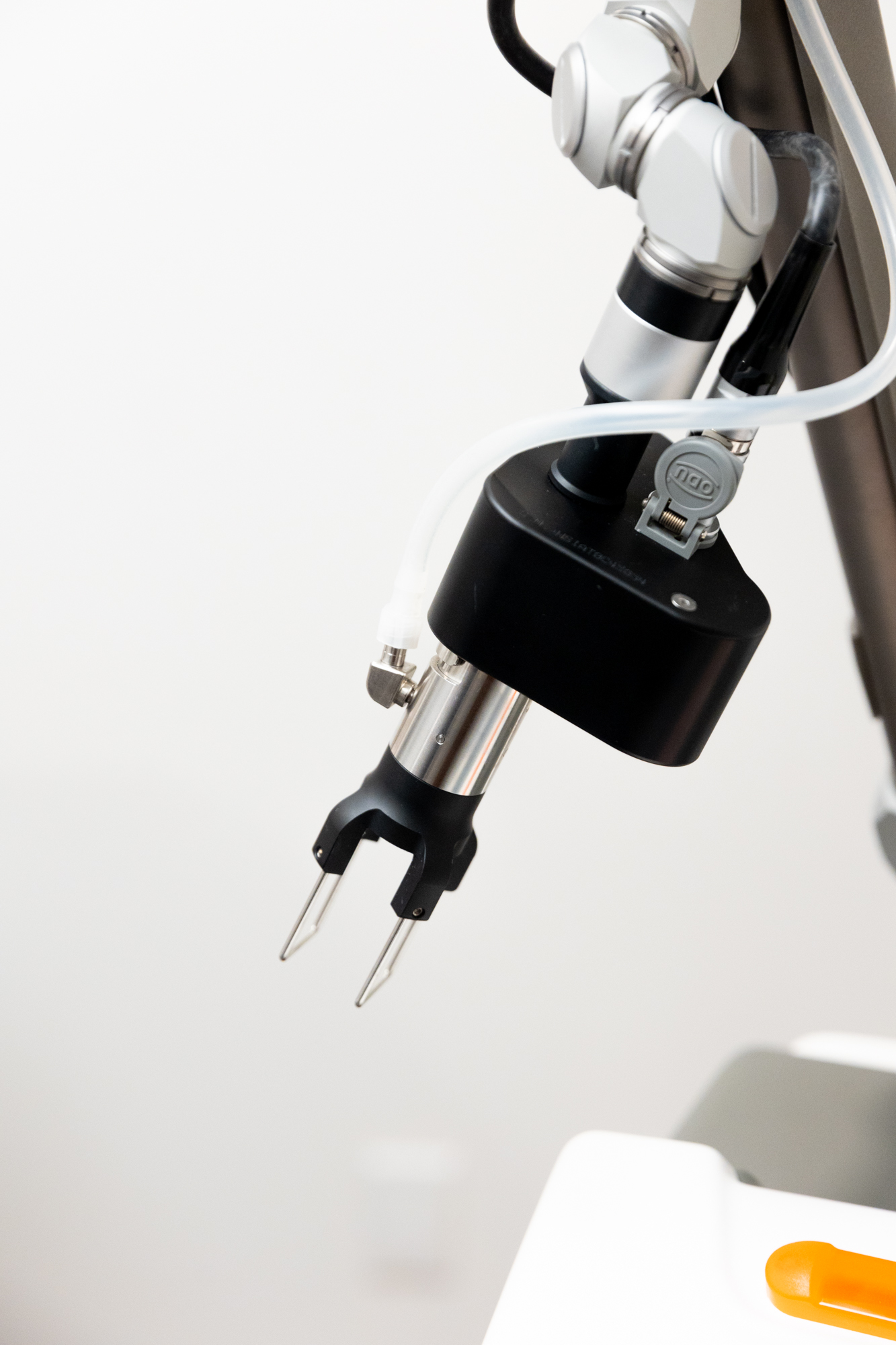
Types of Lasers
Laser treatments can be categorized by their impact on the skin.
Ablative lasers remove the top layer of skin and may help with more pronounced skin issues such as scarring and hyperpigmentation. Post treatment care for ablative treatments tend to be more involved.
Non-ablative resurfacing targets the tissue beneath the first layer of skin without destroying the top layer of skin (AKA epidermis).This treatment is less intense than ablative treatments and has minimal downtime, but the results take longer to appear.
Both methods prove effective in a clinical setting, and patients should talk to their providers about which method is best for them.
Types of Treatment
ResurFX (non-ablative)
This laser provides fractional non-ablative skin resurfacing. It uses ResurFX’s advanced scanner and micro-laser technique to create 600 different patterns of skin resurfacing dots. This technique is commonly used in many fractional laser devices. Instead of using one large laser on a wide area of the skin, this treatment utilizes smaller lasers in micro-columns.
Carbon Dioxide (CO2) Laser Resurfacing (ablative)
CO2 Laser Resurfacing treatment use pulses of light to vaporize the epidermis. The middle layer of skin, the dermis, heats up during this process promoting the growth of new collagen. In contrast to ResurFX and other non-ablative skin resurfacing treatments, this treatment actually destroys the outer layer of skin. New, healthier, and smoother skin grows over the dermis gradually over a few weeks time.
CoolPeel (ablative)
This featured device is a type of CO2 laser resurfacing machine. It uses fractional laser technology, meaning the energy is distributed in small dots around the treated area. Combining both fractional laser technology and dermis-destroying treatment, CoolPeel patients heal relatively faster than traditional CO2 laser resurfacing patients. Healthy tissues surrounding the vaporized tissues promote steady skin regeneration.
Preparing for Laser Skin Resurfacing
Thing to Do:
- Keep the treatment area clean and clear of makeup or oils.
- Apply sunscreen daily before your treatment.
- Share your medical history with your provider.
Things to Avoid:
- Avoid tanning or heavy sun exposure.
- Avoid deep facial peel procedures.
- Avoid using exfoliating products, retinol, or glycolic acid.
Post-Treatment Care
Things to Do:
- Treat the skin with a diluted saline solution.
- Apply sunblock regularly.
- Moisturize dry or flaking skin.
Things to Avoid:
- Avoid smoking tobacco. Smoking complicates the healing process.
- Avoid strenuous exercise, including swimming, heavy lifting, and running
- NEVER pick at flaking or peeling skin.
Dr. Ralston and our team will determine the best laser treatment for each patient during a consultation. He personalizes every treatment to meet the specific needs of his patients. Non-ablative treatments are great for assisting superficial skin conditions such as stretch marks, fine lines and age spots. Ablative treatments address deep wrinkles, severe scarring, and warts with greater effectiveness.
Depending on the type of laser treatment, Dermatology Center of McKinney offers patients a soothing numbing balm to the treated area. This helps with any pain caused by lasers. Ablative treatments feel like a rubber band being snapped on the skin, whereas non-ablative treatments feel like a rush of pinpricks.
